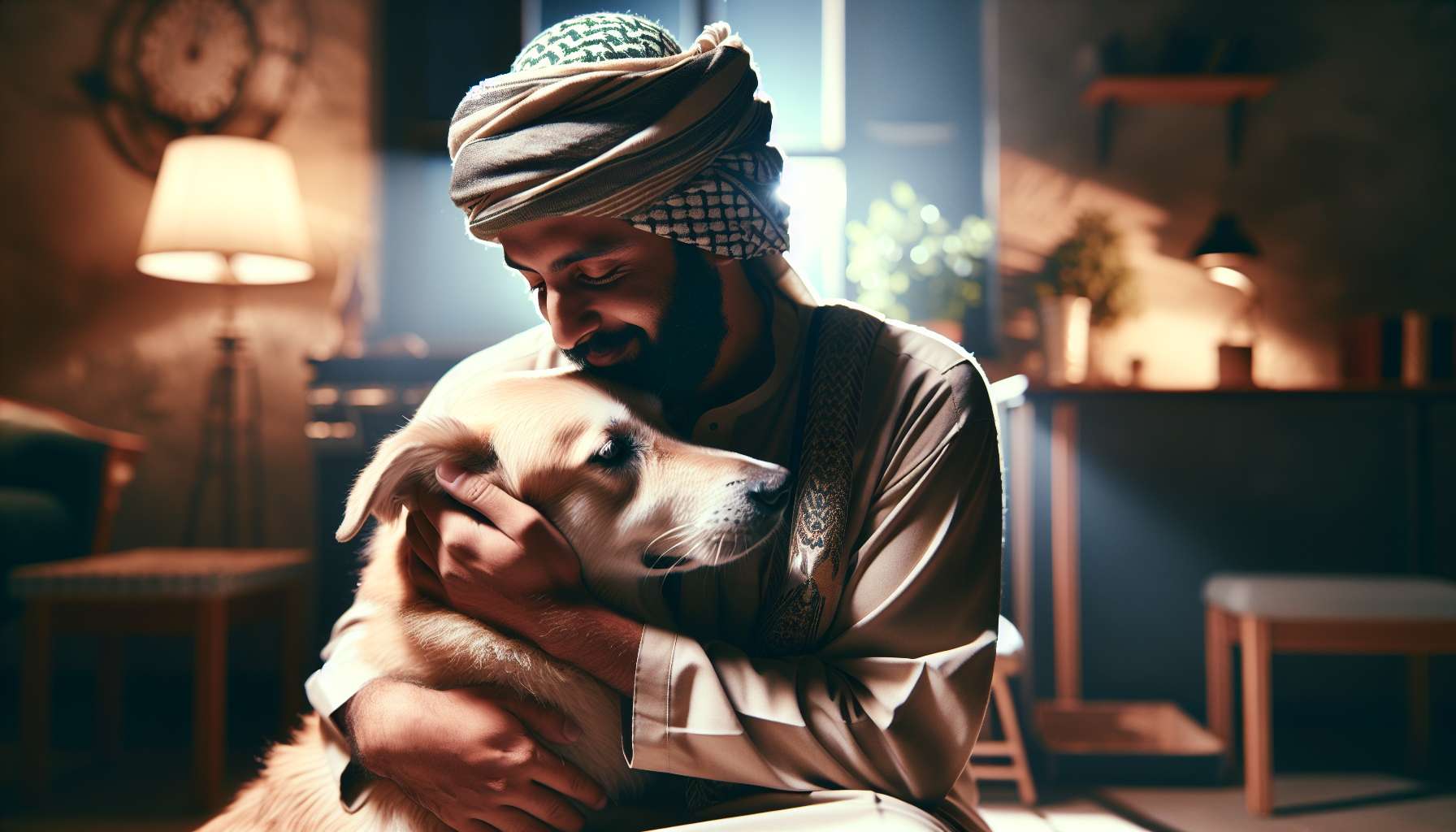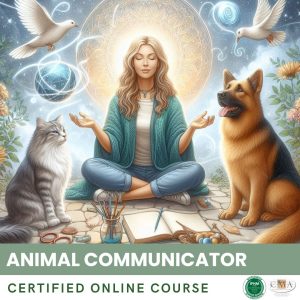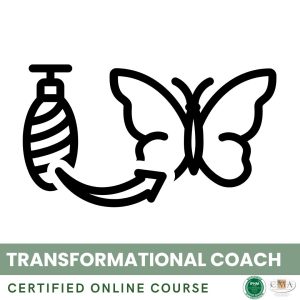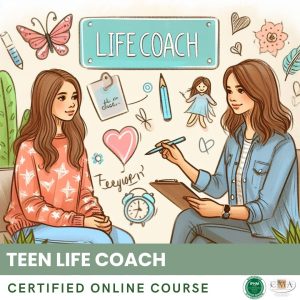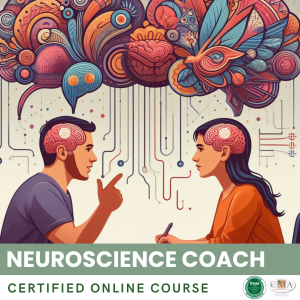The relationships between humans and animals take on multiple forms, reflecting the diversity of roles and functions that animals hold in our societies. Each type of relationship implies different expectations, responsibilities, and benefits, both for humans and for animals.
One of the most common types of relationships is that of the pet, also called a family animal. Dogs, cats, rodents, birds, or fish share the lives of millions of households, offering a reassuring presence, emotional support, and many opportunities for play and complicity. The relationship with a pet is often characterized by a strong emotional attachment, with the animal considered a full member of the family. The benefits of this relationship on physical and mental health have been widely demonstrated, from reducing stress to improving sociability through maintaining regular physical activity.
Another type of human-animal relationship is that of the utility or work animal. Herding dogs, horses, laboratory animals, or even guide dogs for the blind fall into this category. Here, the relationship is more based on the function that the animal performs and the services it provides to humans. This does not exclude the existence of an emotional bond, as evidenced by the often very strong relationships that unite working dogs with their master. However, the notion of utility remains central and conditions the lifestyle and interactions between the human and the animal.
The animal can also play a therapeutic role, as in the case of zootherapy or equitherapy. The presence of the animal is then used as a mediator to promote well-being, emotional expression, or cognitive stimulation of people in difficulty. Interactions with the animal allow work on self-confidence, emotion management, and social skills. In this context, the human-animal relationship is supervised by trained professionals and meets specific therapeutic objectives.
Finally, there are more distant or indirect relationships with animals, such as wild animals observed in nature or in zoos. Although direct contact is limited, or even non-existent, these animals nevertheless arouse interest, fascination, sometimes fear. They feed our imagination, reconnect us with nature, and prompt us to question our place in the living world. Human responsibility towards these animals is then expressed more in terms of species and ecosystem preservation.
Each type of human-animal relationship therefore implies ethical stakes and specific responsibilities. Be it meeting the physiological and emotional needs of a pet, ensuring respectful work conditions for animal welfare, or protecting biodiversity, humans must adopt a responsible and benevolent posture. This involves a fine understanding of the needs and behaviors of each species, as well as reflection on the limits to set in our interactions with animals.
Understanding these different types of relationships is essential for the Grief Coach, as each involves a potentially different experience of bereavement. The loss of a pet with whom a great complicity has been shared will not have the same impact as that of a working animal or a wild animal. Likewise, the rituals and symbolic gestures that will help to navigate grief will need to be adapted according to the type of relationship maintained with the lost animal. By being aware of these nuances, the Grief Coach will be able to provide tailored support that respects the unique bond that united the bereaved person with their animal.
Key Takeaways:
– There are several types of relationships between humans and animals, each involving different expectations, responsibilities, and benefits.
– The relationship with a pet is often characterized by a strong emotional attachment, with the animal considered a family member. This relationship has benefits on physical and mental health.
– The relationship with a utility or work animal is more based on the function fulfilled by the animal, but an emotional bond can also exist.
– Animals can play a therapeutic role, serving as mediators to promote well-being and skill development in individuals in difficulty.
– Relationships with wild animals, although more distant, feed our imagination and prompt us to question our place in the living world.
– Each type of relationship implies ethical stakes and specific responsibilities for humans, who must adopt a responsible and benevolent posture.
– For the Grief Coach, understanding these different types of relationships is essential, as each involves a potentially different bereavement experience and requires tailored support.
👉 To download docx (Editable) file click here : Click here
👉 To download PDF file click here : Click here
👉 To download MP3 file click here : Click here
